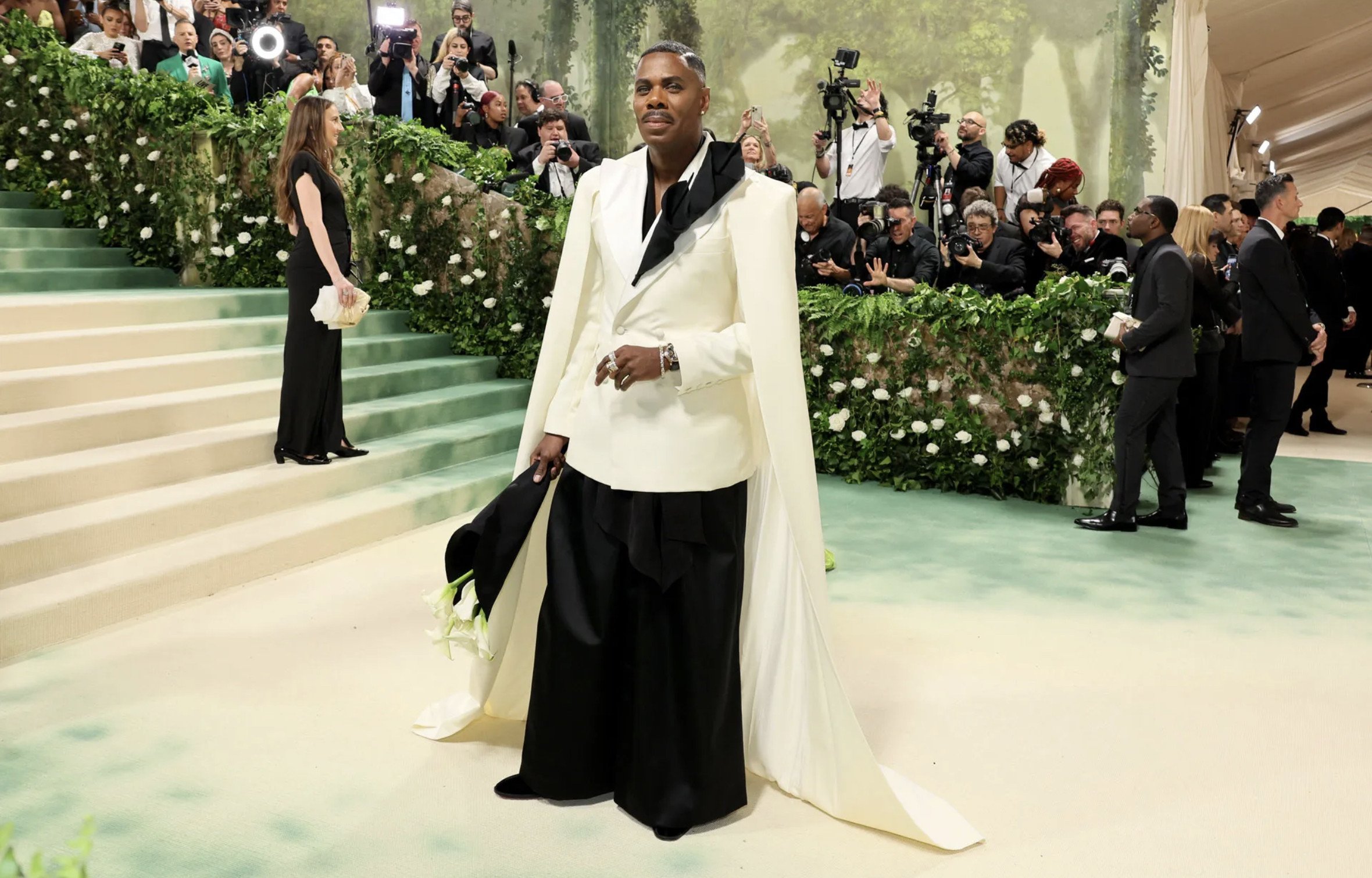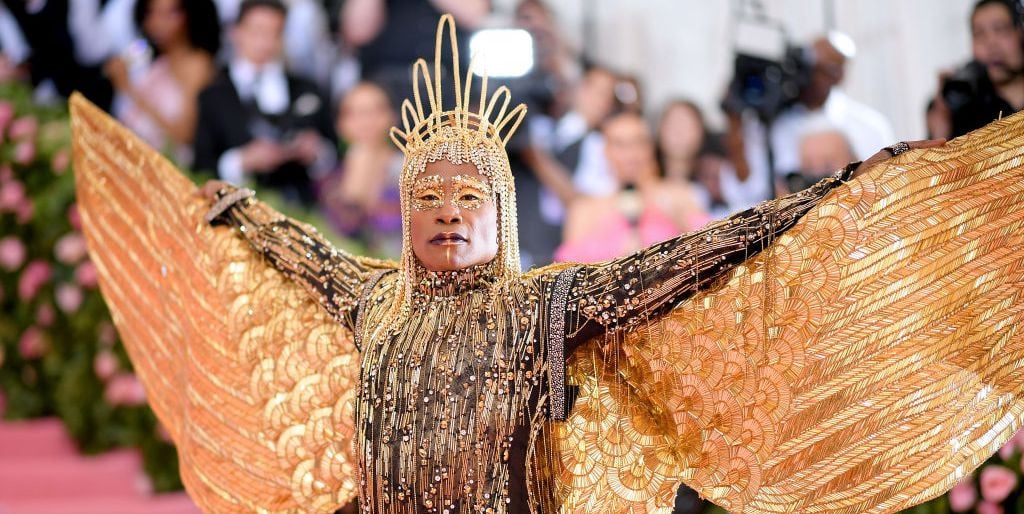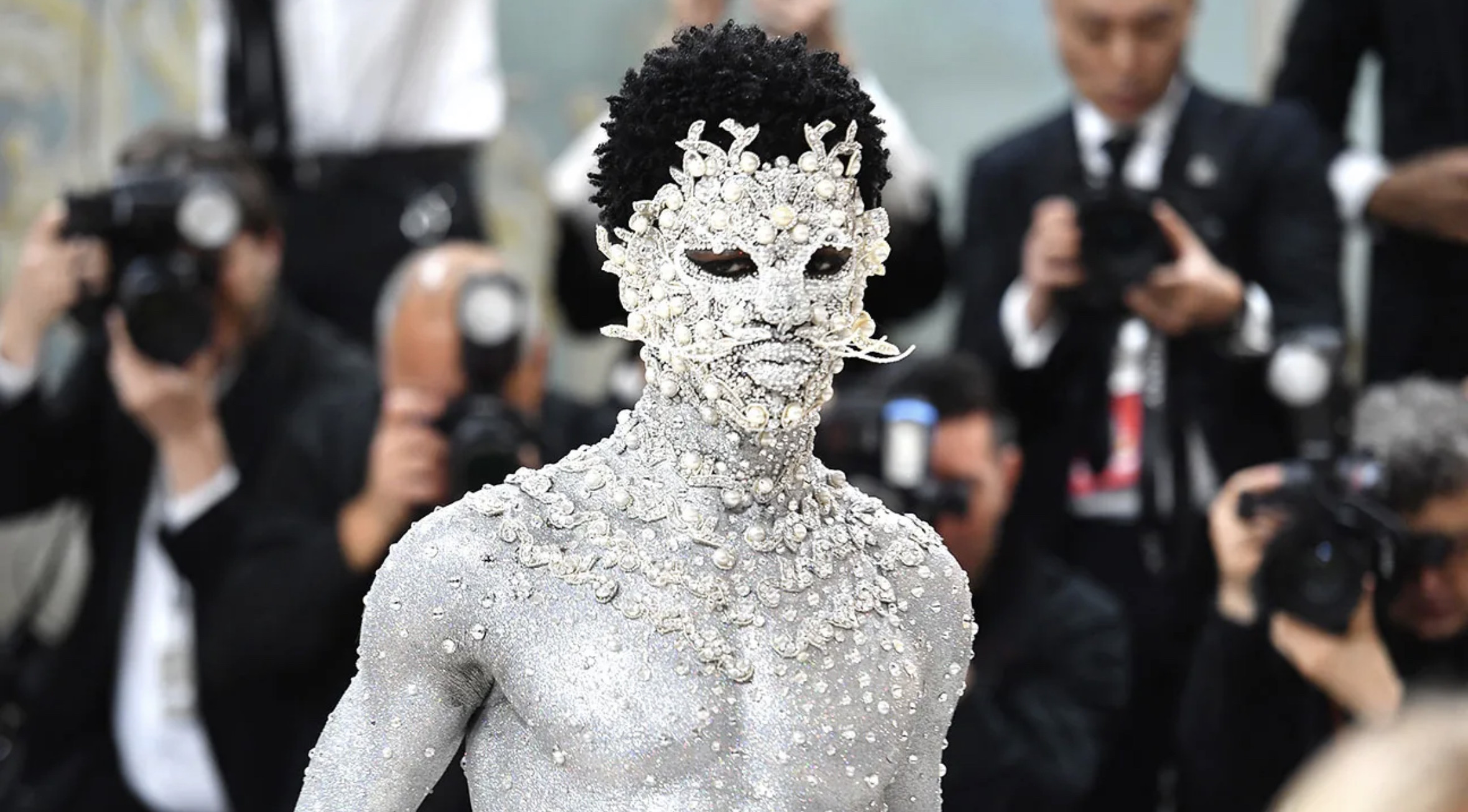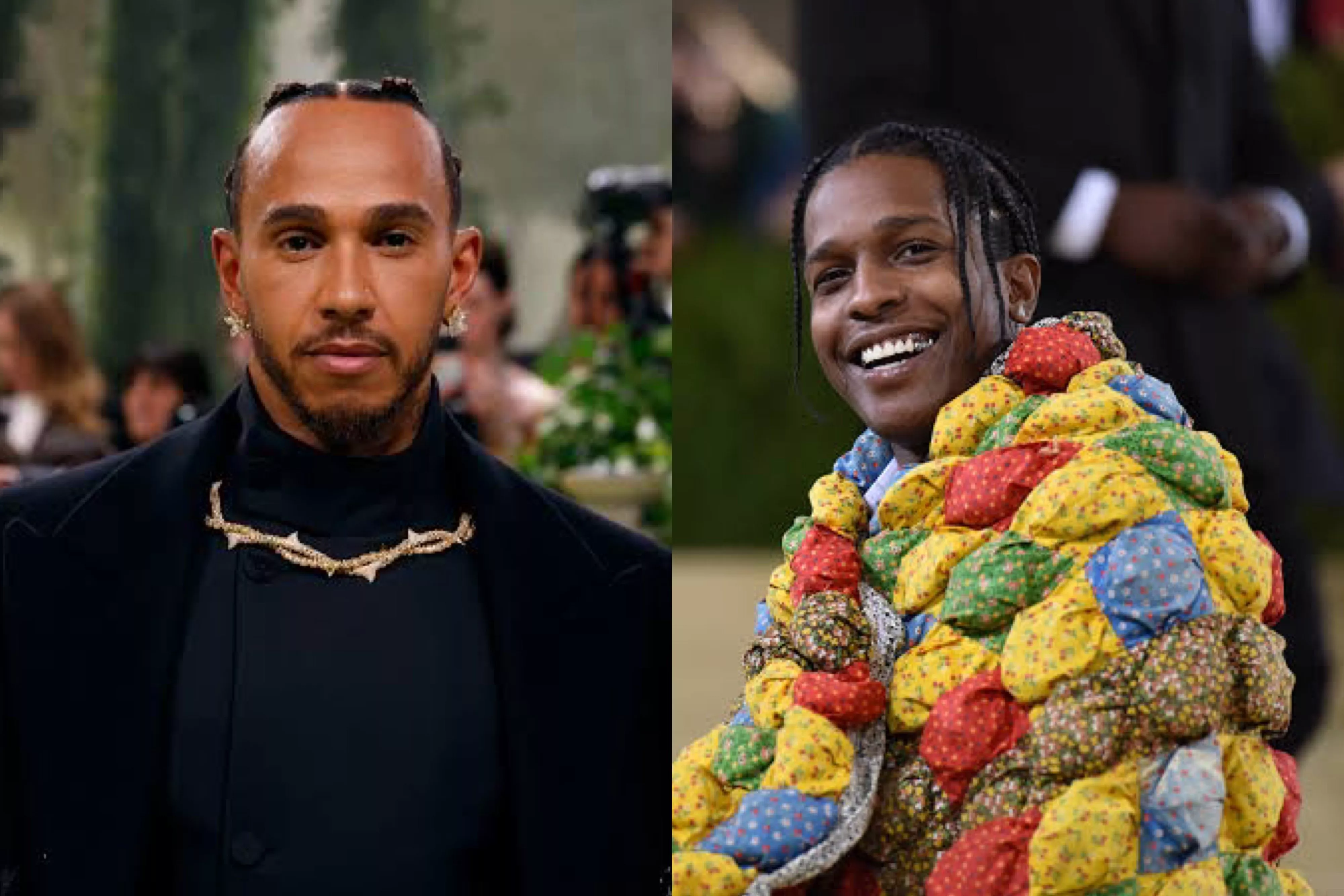Met Gala finally ditches obscure themes in 2025 to celebrate Black history
The upcoming gala is all about Black dandyism and features its first all-male co-chair list
KARACHI:As we get ready to unravel yet another Met Gala theme, it’s hard not to think back to the more recent oddities of fashion interpretations we’ve witnessed over the years. From baffling themes like Camp and the head-scratching moments of poorly translated avant-garde, it felt like the Gala had drifted into an era of themes that left many of us confused.
Celebrities, at times, seemed to be reaching for a sense of purpose in their extravagant get-ups, trying to inject depth into what occasionally came across as shallow displays. But now, we finally have a theme for 2025 that offers substance—real substance—if executed right. The 2025 Met Gala, titled Superfine: Tailoring Black Style, has the potential to transcend fashion spectacle into something truly meaningful.
This year, the Met is shifting focus to Black dandyism and the stylish evolution of Black men throughout history. It’s an exploration of how fashion has been used as a form of resistance and identity for Black men. According to Vogue, the theme is inspired by the 2009 book by Monica L Miller, Slaves to Fashion: Black Dandyism and the Styling of Black Diasporic Identity, and Miller will co-curate the exhibition alongside the Met’s Andrew Bolton. It’s the first time the institute has dedicated an exhibition to Black fashion and the first menswear focus since 2003’s Men in Skirts.
Given that we’re emerging from a stretch of less consequential themes, this year’s Met Gala could offer a welcome shift—one that doesn’t just add to the fleeting fashion narrative but speaks directly to an ongoing conversation about race, identity, and style.
Amplifying Black fashion

It’s also notable that the 2025 Met Gala features its first all-Black male co-chair list: Lewis Hamilton, A$AP Rocky, Colman Domingo, Pharrell Williams, and LeBron James as honorary chair. Hamilton, in particular, expressed his personal connection to the theme in an Instagram post, where he spoke of the pressures he faced growing up as the only Black kid on the track.
“This theme speaks to me deeply. When I started my career, I never imagined what I might be capable of beyond my sport. The pressure to conform holds so many people back…Fashion is self-preservation. Fashion is resilience, and I can’t wait to further explore and amplify our underrepresented voices,” he wrote.
The Met has faced its fair share of criticism over the years for its Eurocentric lens, but the institution has gradually been making efforts to broaden its representation. This exhibition is a significant step in that direction, especially in light of the conversations sparked by the Black Lives Matter movement. It’s no coincidence that more than 150 pieces by designers who are Black, Indigenous, and people of colour have been added to the museum’s collection recently. Yet, this exhibit will be a test of how seriously those promises of inclusion are taken.
At the official announcement, Bolton underscored that this is a pivotal moment for the museum, saying, “This marks a really important step in our commitment to diversifying our exhibitions and collections, as well as redressing some of the historical biases within our curatorial practice.” It’s an overdue step, but one that could breathe new life into how the Met Gala, and fashion itself, tackles historical biases.
For Miller, the historical connection is deeper than just showcasing garments. She explained to The National how Black men have historically used clothing as “a strategy and a tool to rethink identity; to reimagine the self in a different context.” In essence, the exhibit aims to show how Black fashion, over the last 300 years, has allowed communities to define themselves, often in defiance of societal oppression. As Miller aptly put it, the exhibition will “illustrate how black people transformed from being enslaved and stylised as luxury items…to autonomous self-fashioning individuals who are global trendsetters.”
If you’re wondering how all this will translate to the Met Gala’s infamous red carpet—expect looks that honour Black icons, historical figures, and movements that have shaped fashion for generations. Designers will have the opportunity to dive into the legacy of Black style through everything from zoot suits to brocade, velvet, and more. But, as with any theme that draws from cultural and historical significance, there’s always a risk of misinterpretation or, worse, appropriation.
A high stakes theme

Already, concerns have emerged. Designer Zavier Jones, commenting on an Instagram post by Vogue announcing the theme, wrote, “Love the theme; however, I wonder if they will use Black (American, African, UK) designers this year—so many have been looked over.”
Then there’s the looming question of who will get it right. Paris Chea, an image consultant, took to social media to urge those invited to the Gala to tread carefully, saying, “Please do this properly! Do not make a mockery of something so important! If you are not sure how to come properly with the theme, just wear a nice suit or gown! Ask somebody! Hire a stylist who understands the theme.”

When you look at the previous years’ dandyism-inspired looks, the potential for show-stopping outfits is undeniable. Billy Porter in full-on gold at the 2019 event, Lil Nas X dripping in crystals at 2023’s Sleeping Beauty-themed Gala, and ASAP Rocky wrapped in a handmade quilt in 2021—these are just glimpses of what might come next.


COMMENTS
Comments are moderated and generally will be posted if they are on-topic and not abusive.
For more information, please see our Comments FAQ